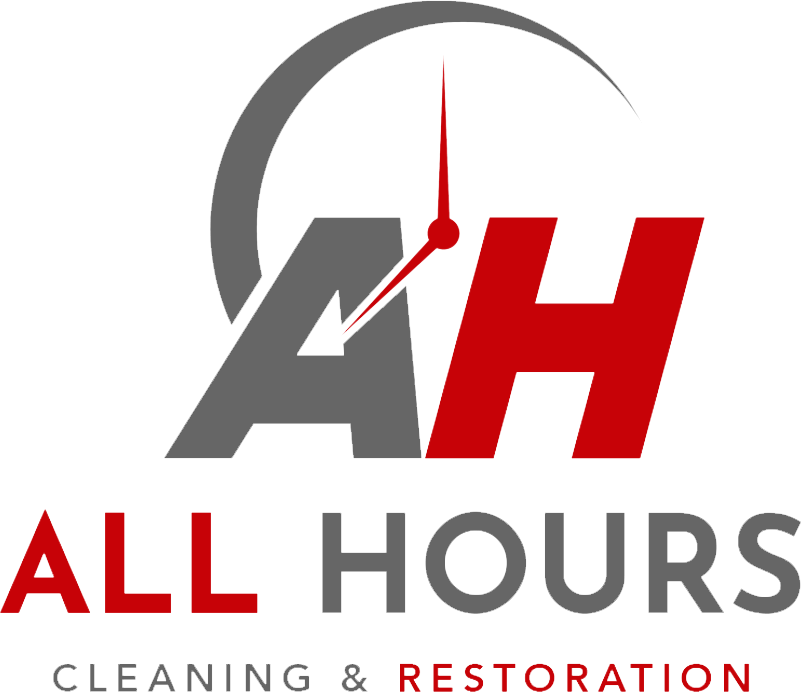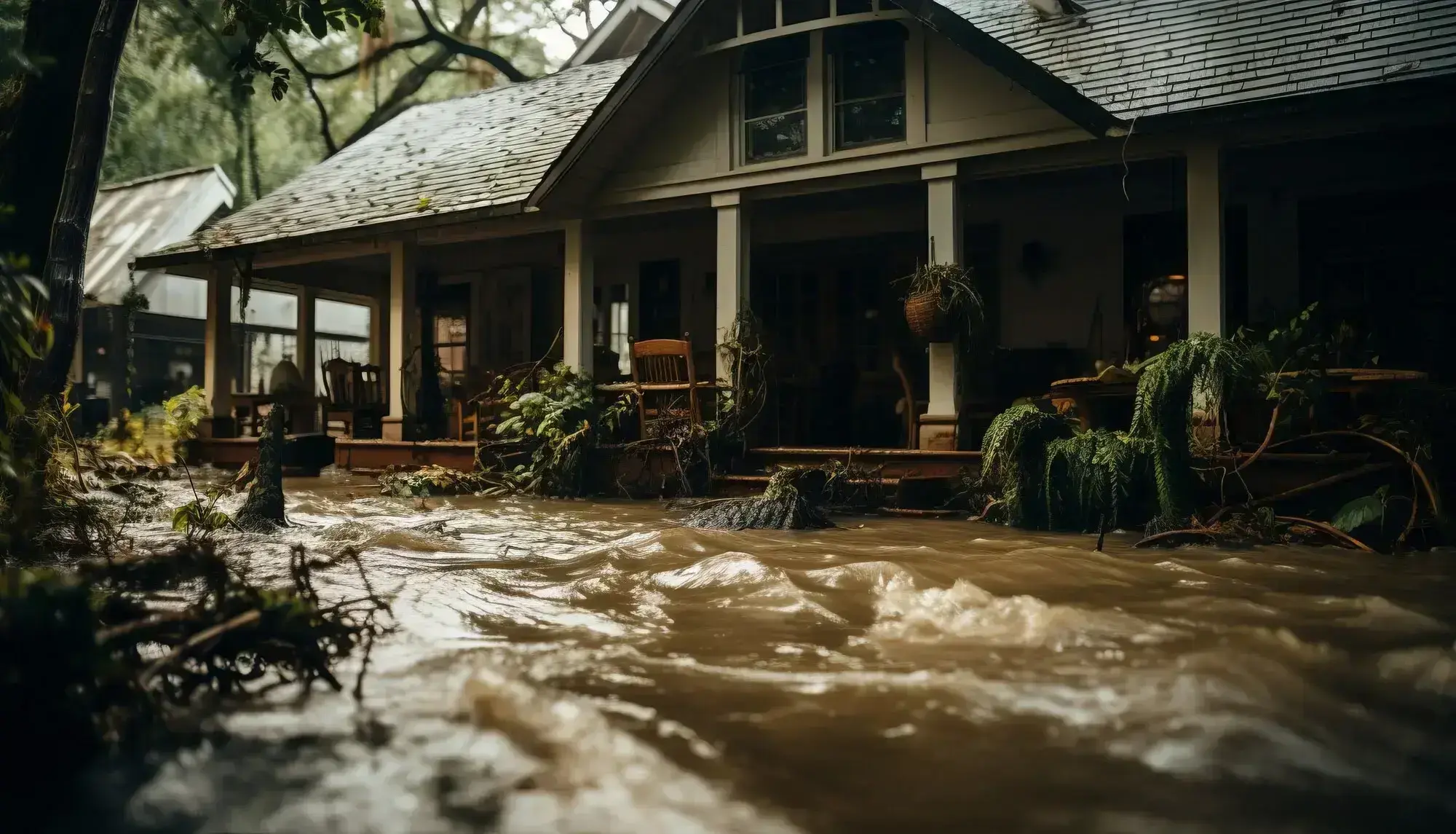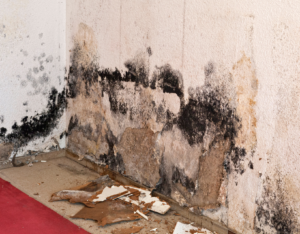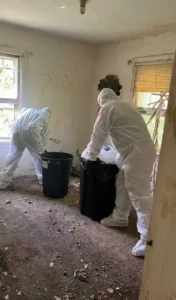Floods can cause significant damage to your home, leaving you feeling overwhelmed and unsure of where to start. Proper flood damage cleanup is essential not only to restore your home but also to ensure it is safe for you and your family.
Here’s a step-by-step guide on how to clean up flood damage effectively, including tips for dealing with a flooded floor.
Key Takeaways:
- Cleaning up flood damage requires quick and precise steps for effective restoration.
- Removing standing water, salvaging belongings, and cleaning and disinfecting are some of the key steps to reclaiming your home.
- If the damage is extensive, contacting professional flood damage restoration services is the best solution for restoring your home.
Table of Contents
Step 1: Prioritize Safety
Before starting any clean-up efforts, prioritize your safety:
- Turn off electricity — Water and electricity are a dangerous combination. Ensure the power is off in flooded areas before entering.
- Wear protective gear — Use waterproof gloves, rubber boots, and masks to protect yourself from contaminated water and mold.
- Ventilate the area — Open windows and doors to improve air circulation and reduce moisture levels.
Step 2: Remove Standing Water
Removing standing water is the first step in cleaning up flood damage. Here’s how to clean up a flooded floor:
- Use a pump or wet vacuum — For large amounts of water, a submersible pump or wet/dry vacuum can be effective.
- Mop up smaller puddles — For less severe flooding, use a mop and bucket to absorb excess water.
- Dry thoroughly — After removing the water, use fans and dehumidifiers to dry the area completely.
Step 3: Salvage Belongings
Sort through items to determine what can be saved and what must be discarded:
- Save washable items — Non-porous items like glass and metal can often be cleaned and sanitized.
- Discard porous materials — Carpets, upholstered furniture, and mattresses soaked in flood water may harbor mold and bacteria and often cannot be salvaged.
- Document damage — Take photos and make an inventory of damaged items for insurance claims.
Step 4: Clean and Disinfect
Floodwater can contain harmful contaminants, so thorough cleaning and disinfection are crucial:
- Wash surface — Use soap and hot water to scrub walls, floors, and other hard surfaces.
- Disinfect — Apply a disinfectant solution (such as a mixture of bleach and water) to sanitize all surfaces. Follow the manufacturer's instructions for proper dilution and application.
- Clean air ducts — If flood water entered your HVAC system, have the ducts professionally cleaned to prevent mold growth.
Step 5: Prevent Mold Growth
Mold can start growing within 24-48 hours of flooding. Here’s how to prevent it:
Step 6: Inspect and Repair
After cleaning up flood damage, inspect your home for structural issues:
Step 7: Take Preventative Measures
To minimize future flood damage:
- Install a sump pump — A sump pump can help remove water from your basement or crawlspace during heavy rains.
- Seal foundation cracks — Use waterproof sealants to protect against water intrusion.
- Elevate appliances — Place appliances like water heaters and washers on elevated platforms to prevent water damage.
Get Expert Disaster Restoration Service
Has your home been impacted by a natural disaster? Don’t wait—trust the experts at All Hours Restoration Idaho to restore your property quickly and safely. Our 24/7 emergency response team is ready to handle flood damage and storm cleanup with care and precision. Contact us today for fast, reliable natural disaster restoration services in Idaho. Call us now to get started!





